INTERNACIONAL
Man airlifted from Japan’s Mount Fuji rescued again after he returned to search for his phone
A climber airlifted with altitude sickness from near the peak of Japan’s Mount Fuji last week was rescued again just four days later after returning to the slope to retrieve his cell phone, authorities announced Monday.
The climber, identified only as a 27-year-old Chinese student living in Japan, made an emergency call on April 22 after developing symptoms of altitude sickness, Shizuoka prefectural police said. His climbing irons were also damaged.
The man was subsequently airlifted from the mountain.
AMERICAN AIRLINES FLIGHT TO TOKYO FROM NYC DIVERTED TO TEXAS FOR ‘MAINTENANCE ISSUE’
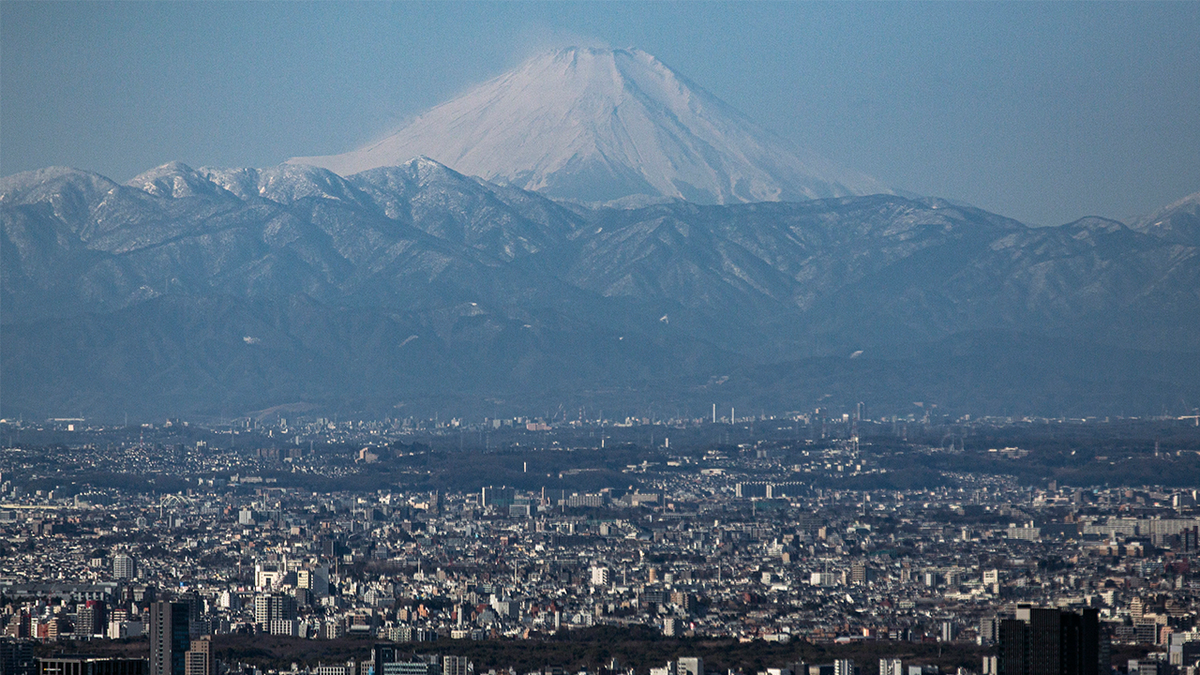
A climber airlifted from near the peak of Japan’s Mount Fuji last week was rescued from the slope again just four days later. (AP)
On Saturday, he returned to the mountain’s Fujinomiya trail located about 10,000 feet above sea level, to search for his cell phone and other belongings he left behind when he was rescued, police said.
Another climber found him unable to move after he appeared to develop altitude sickness for a second time.
Officials urged people to be cautious of the harsh conditions at Japan’s tallest peak during its off-season. Police said the mountain has low temperatures and is covered in snow, even in spring.

The climber was identified only as a 27-year-old Chinese student living in Japan. (AP)
The mountain’s hiking trails are officially open only from July to early September, although there is no penalty for hiking off-season.
Climbers will also not face charges or penalties if they need to be rescued, but the Chinese student’s case led to calls online for him to be charged, at least for his second rescue.
In 2023, more than 220,000 people climbed the mountain between July and September, according to the BBC.
HEGSETH ANNOUNCES PLAN FOR US COMMAND UPGRADES IN JAPAN TO DETER CHINA
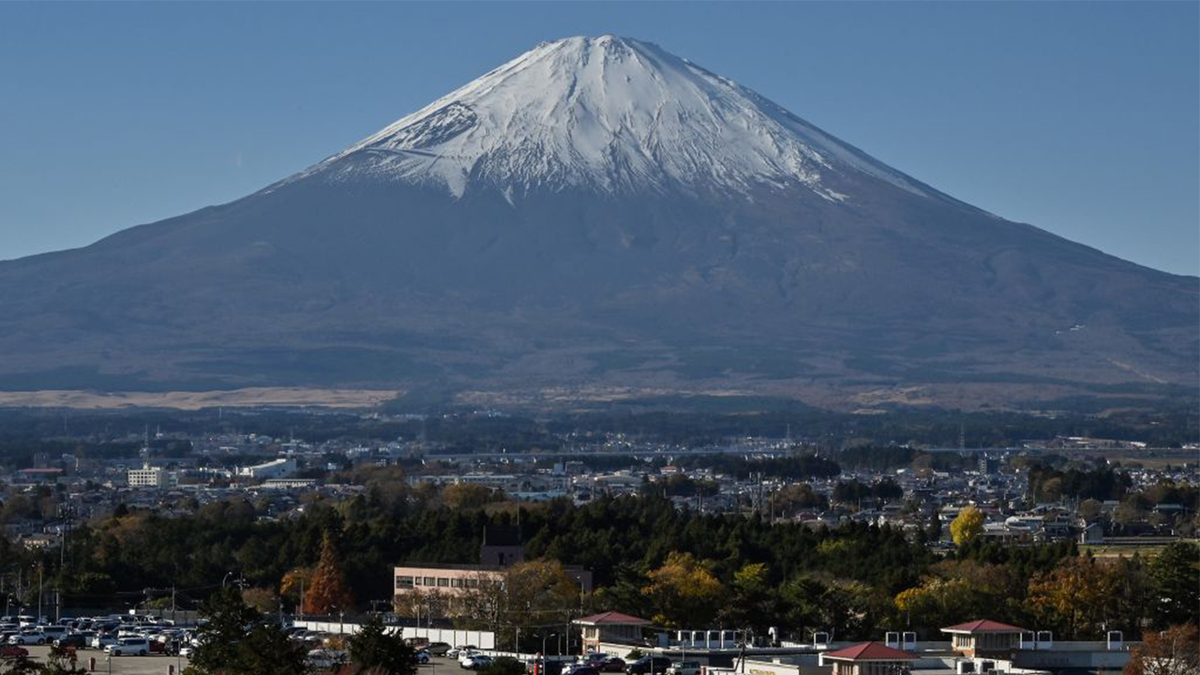
The mountain’s hiking trails are officially open only from July to early September, although there is no penalty for hiking off-season. (Getty Images)
CLICK HERE TO GET THE FOX NEWS APP
The 12,388-foot-high mountain was designated a UNESCO World Cultural Heritage site in 2013. The mountain used to be a place of pilgrimage and is now increasingly popular among hikers.
Last year, local authorities attempted to control overcrowding and risks from rushed overnight climbing along rocky slopes to view the sunrise by introducing an entry fee and cap on the number of people who can enter the most popular trail. Similar rules will be introduced on other main trails this year.
The Associated Press contributed to this report.
INTERNACIONAL
La Policía británica identificó a las dos víctimas del ataque terrorista en una sinagoga de Manchester durante Yom Kippur

La Policía británica identificó este viernes a las dos víctimas mortales del atentado perpetrado el jueves frente a la Sinagoga de la Congregación Hebrea de Heaton Park. Se trata de Adrian Daulby, de 53 años, y Melvin Cravitz, de 66, ambos residentes de la zona. El ataque, ocurrido en plena celebración de Yom Kippur, la festividad más sagrada del calendario judío, dejó además a tres personas gravemente heridas.
El ataque comenzó cuando un vehículo embistió a varios peatones frente a la sinagoga y, poco después, un hombre fue apuñalado. A las 9:31 (hora local), un testigo dio aviso a las fuerzas de seguridad, informando tanto del atropello como de la agresión con arma blanca.
Siete minutos más tarde, la policía desplegó agentes armados que abrieron fuego contra el atacante, quien, según confirmaron las autoridades, murió en el lugar. A las 9:41, el Servicio de Ambulancias del Noroeste llegó a la zona y brindó asistencia a las personas heridas, cuyos estados de salud aún no han sido precisados.

La investigación identificó al agresor como Jihad Al-Shamie, de 35 años, ciudadano británico de origen sirio. La Policía de Manchester informó que en redes sociales comenzó a circular una fotografía del sospechoso vestido de negro y con un cinturón al que llevaba adheridos varios paquetes blancos, lo que hace sospechar que intentaba simular o portar material explosivo.
Después de ser abatido, la policía localizó un cuchillo junto al cuerpo y un robot desactivador de explosivos inspeccionó el lugar y los objetos hallados sobre el atacante para descartar la presencia de artefactos peligrosos.
El jefe del área metropolitana, Andy Burnham, declaró que “no es un incidente en desarrollo o en curso” y señaló que el sospechoso se encontraba muerto, eliminando el peligro inmediato. Burnham pidió no especular en redes sociales y destacó que la comunidad judía de Manchester estaba preocupada por lo ocurrido.
El jefe de la Policía de Manchester, Sir Stephen Watson, informó que el sujeto llevaba “un chaleco que tenía la apariencia de un dispositivo explosivo”. Subrayó la rapidez de la intervención policial y agradeció la valentía del personal de seguridad y de los congregados, que ayudaron a impedir que el atacante ingresara al templo, que estaba abarrotado por la festividad.
La Community Security Trust (CST), representada por Dave Rich, condenó el ataque como “espantoso en el día más sagrado del año judío” y agradeció la actuación de la policía y del personal de seguridad. Rich explicó que Yom Kippur es un día de alta asistencia a las sinagogas, por lo que existe un operativo conjunto de seguridad entre la policía y CST durante las festividades.
Por su parte, el primer ministro británico, Keir Starmer, regresó de urgencia de una cumbre en Copenhague para presidir una reunión del comité de emergencia COBRA y reforzar la seguridad en todas las sinagogas del Reino Unido. Además, expresó en X sentirse “horrorizado” y reconoció la labor de los servicios de emergencia.
“El hecho de que esto haya ocurrido en Yom Kippur, el día más sagrado del calendario judío, lo hace aún más horrible”, declaró.
En paralelo, el rey Carlos III manifestó encontrarse “profundamente conmocionado y apenado”, mientras que la embajada de Israel en Londres calificó el atentado como “odioso y profundamente perturbador”.
La acción generó además una ola de repudio de organizaciones musulmanas, cristianas y autoridades políticas, que llamaron a la convivencia pacífica y al respeto interreligioso, en un contexto de creciente preocupación por incidentes antisemitas e islamófobos en el Reino Unido desde el ataque de Hamas contra Israel en octubre de 2023 y la posterior guerra en Gaza.
Luego de un día, la Policía Metropolitana de Londres mantiene la zona acordonada y sigue analizando las pruebas recogidas en el área y en posibles ubicaciones vinculadas al sospechoso. Según las autoridades, la investigación avanza “a buen ritmo” y la prioridad es “mantener la seguridad pública”.
(Con información de REUTERS)
Crime,Law Enforcement,Crime,Europe
INTERNACIONAL
Unearthed debate clip goes viral against Dems as illegal immigrant health coverage becomes top issue
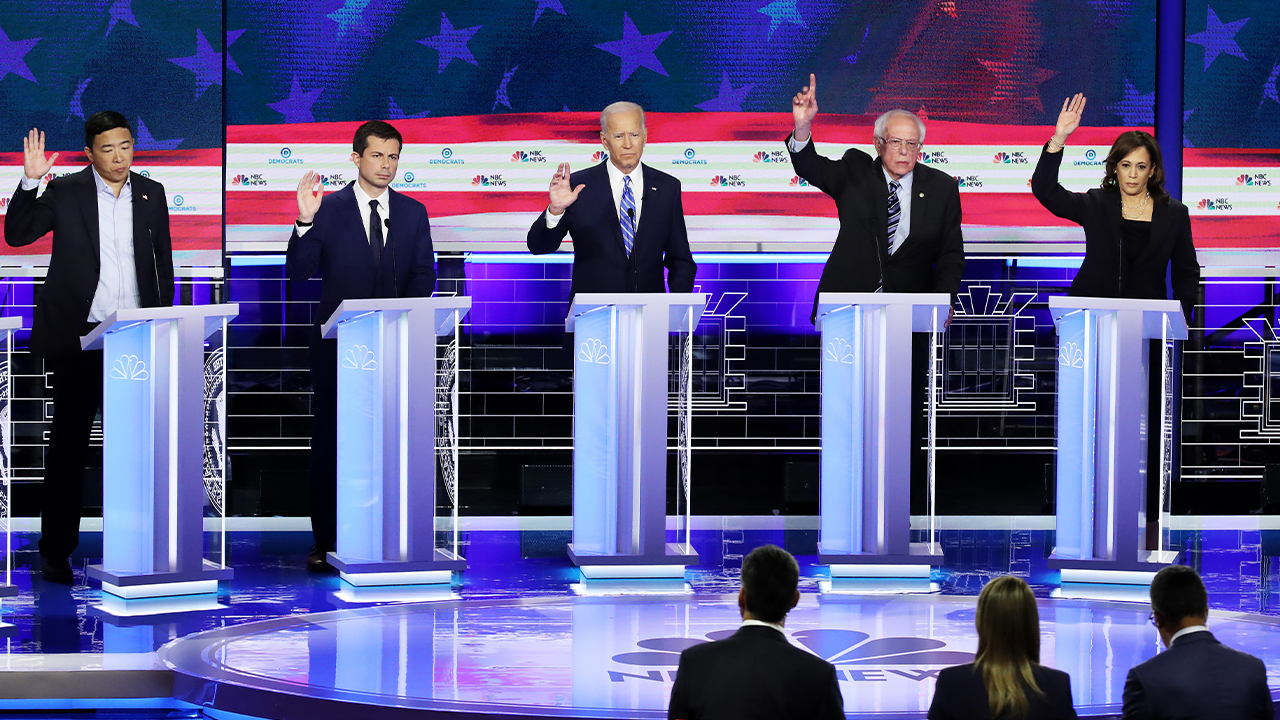
NEWYou can now listen to Fox News articles!
As the federal government shutdown continues, a clip from the 2019 Democratic presidential primary went viral when the candidates were asked if they support providing healthcare to those in the country illegally.
«Is JD Vance a liar or just woefully ignorant when claiming that Democrats want to give health benefits to undocumented immigrants?» disgraced ex-Democratic Minnesota Sen. Al Franken posted to X on Wednesday, leading to the clip being posted in the comments by one user.
«Raise your hand if your government plan would provide coverage for undocumented immigrants,» NBC News anchor Savannah Guthrie asked while moderating the June 2019 debate followed by all ten Democrats on stage raising their hands.
JOHNSON SAYS DEMOCRATS LYING ABOUT ILLEGAL IMMIGRANT HEALTHCARE PUSH
Before he entered politics, Al Franken was a performer on «Saturday Night Live» for a decade. (R. Diamond/Getty Images)
Franken’s post triggered a range of responses, including from conservatives.
CLICK HERE FOR MORE IMMIGRATION COVERAGE
«You should stick to intimate photography,» GOP communicator Matt Whitlock posted on X, referring to the disgraced ex-senator’s scandal that included a photo of him smiling while posing and groping radio host Leeann Tweeden, who was sleeping in the photo.
DEMS IN THE HOT SEAT AFTER OBAMACARE’S SPIKING PREMIUM COSTS TORPEDO THEIR NARRATIVE
«Why don’t we let Democrats answer that?» Heritage Action said, posting the debate clip.
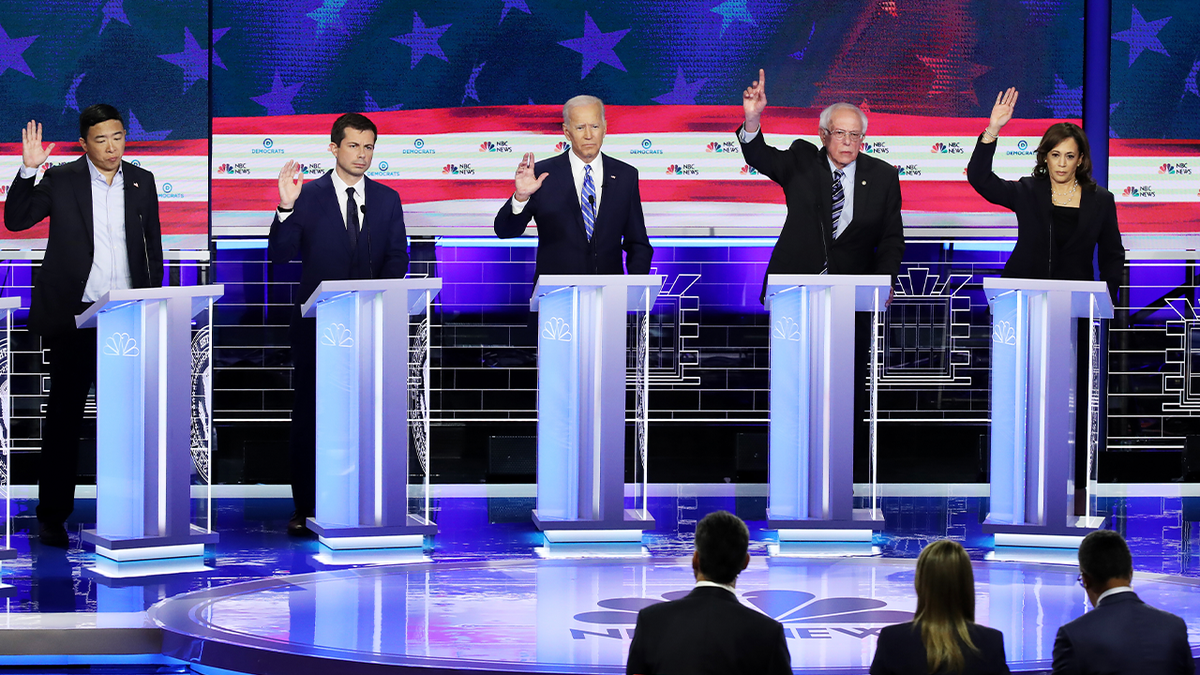
Democratic presidential candidates debate each other on NBC News in June 2019 in Miami, Florida. (Drew Angerer/Getty Images)
The clip, which included multiple current members of Congress like Rep. Eric Swalwell, D-Calif., Sen. Kirsten Gillibrand, D-N.Y. and Sen. Bernie Sanders, I-Vt., also garnered the attention of billionaire Tesla and SpaceX CEO Elon Musk, who posted «lol» in response to the debate video, which means «laugh out loud.»
Part of the ongoing government shutdown debate centers on subsidies for the Affordable Care Act, which would lead to a rise in premiums that opponents say prove that the program is unsustainable.
Illegal immigrants are unable to get insurance on the ACA marketplace, but Emergency Medicaid is covered as well as several states that use state taxpayer dollars for illegal immigrants to enroll in Medicaid.
SPEAKER JOHNSON, ABC’S STEPHANOPOULOS CLASH OVER GOVERNMENT SHUTDOWN, ILLEGAL IMMIGRANTS GETTING HEALTHCARE
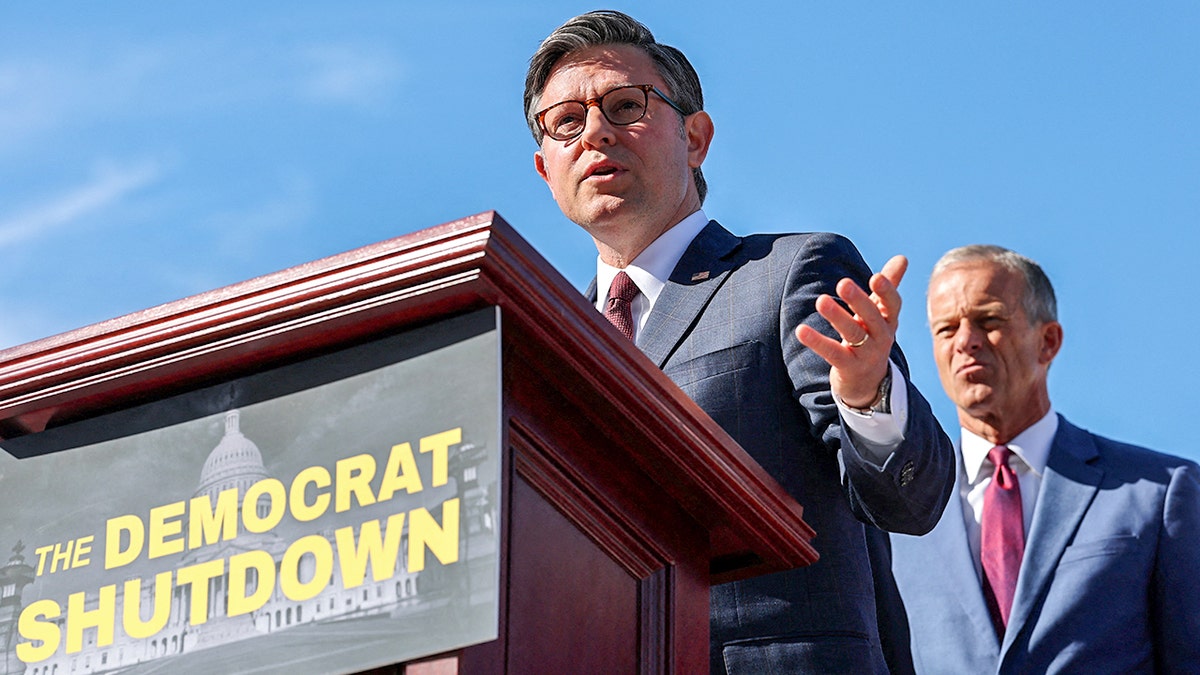
Speaker of the House Mike Johnson (R-LA) speaks as U.S. Senate Majority Leader John Thune (R-SD) looks on during a press conference on the first day of a partial government shutdown, at the U.S. Capitol, in Washington, D.C., Oct. 1, 2025. (Jonathan Ernst/Reuters)
However, California was once the subject of a federal audit where they were recommended to refund over $52.7 million in «improperly claimed» medical costs for those with «unsatisfactory immigration status.»
«Democrats are now trying to run away from their RIDICULOUS $1.5 Trillion big government spending bill — now that Americans are learning what’s in it,» House Speaker Mike Johnson posted to X on Thursday. «Some Democrats now claim they don’t want illegal immigrants on Medicaid — but their previous votes, and the ACTUAL LANGUAGE of their current bill, say otherwise.»
CLICK HERE TO GET THE FOX NEWS APP
However, some Democrats have also criticized Republicans for bringing up state-based Medicaid programs that offer coverage to illegal immigrants.
«This isn’t funded by the Federal Government or ACA Tax credits. [The Vice President] is lying again. However if he wants to tell the GOP to write a bill to exclude illegal immigrants from buying on the market and restore ACA tax credits to 24 million Americans, I would be game,» Sen. Ruben Gallego, D-Ariz., said in response to a post from Vice President JD Vance, which included a screenshot showing New York’s public health insurance coverage for «undocumented immigrants over age 65.»
As of Thursday afternoon, it’s unclear when the shutdown will end.
immigration,2020 presidential election,health care healthy living,congress
INTERNACIONAL
Seis minutos que aterrorizaron Manchester: la cronología del ataque a la sinagoga durante Yom Kippur
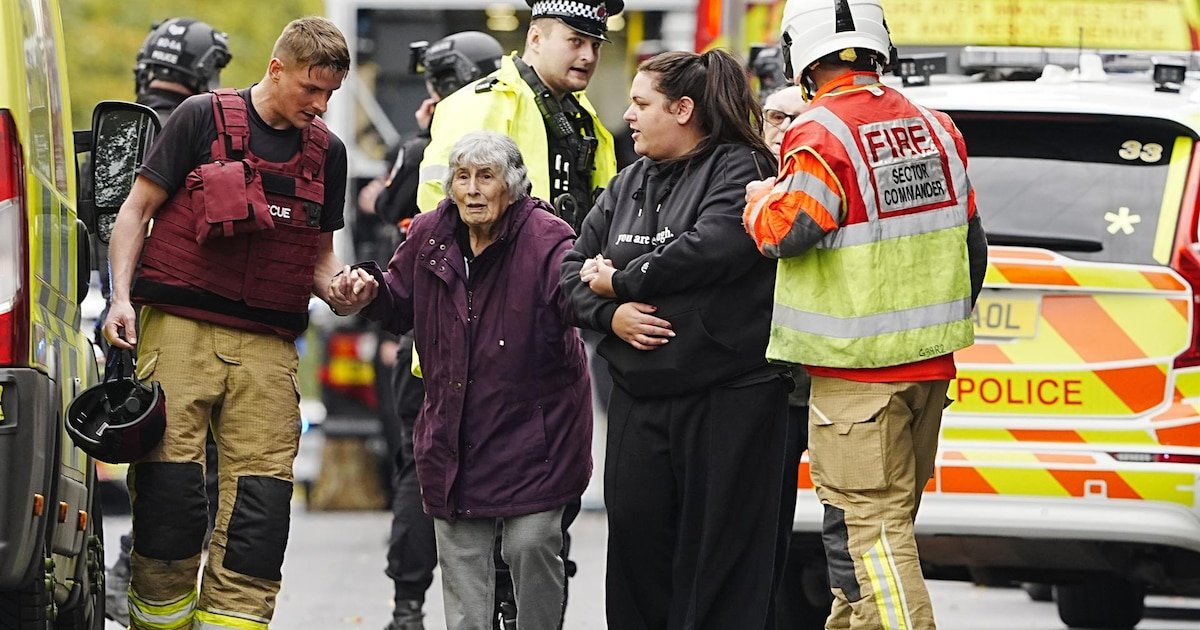
En apenas seis minutos, la comunidad judía de Heaton Park, en el norte de Manchester, vivió una secuencia de violencia extrema durante la celebración de Yom Kippur, el día más sagrado del calendario hebreo.
Lo que comenzó como un servicio religioso matutino terminó en tragedia cuando un atacante embistió con su auto las puertas del templo y luego apuñaló a quienes encontró en su camino. Hacia las 9:31 de la mañana, el rabino Daniel Walker tenía su túnica blanca manchada de sangre y el caos se había apoderado de la zona.
En los instantes previos al atentado, testigos observaron cómo un vehículo negro circulaba erráticamente antes de chocar contra el portón de la sinagoga. Al principio, algunos pensaron que podría tratarse de un accidente o una emergencia médica, pero inmediatamente el conductor salió vestido de negro y comenzó a atacar a los presentes con un cuchillo. “Fue un frenesí”, relató un testigo. Un anciano quedó tendido sin moverse a la entrada y otra persona cayó junto al capó del automóvil.
El agresor intentó forzar la entrada, rompiendo ventanas y buscando acceder al salón principal, mientras fieles bloqueaban las puertas. Al mismo tiempo, dentro y fuera del templo, se vivían escenas de pánico y desesperación. “Vi sangre en la bata del rabino”, comentó Josh Aronson, periodista que se encontraba en las cercanías. Cuatro personas terminaron hospitalizadas en estado grave y otras dos murieron a raíz de las heridas.
Los minutos finales del ataque se precipitaron cuando policías armados respondieron con rapidez. El agresor, al ser interceptado, mostró objetos en su cintura que alarmaron a los oficiales y a quienes miraban desde el interior. “¡Tiene una bomba!”, gritó uno de los presentes. Temiendo más peligro, los agentes dispararon e inmovilizaron al atacante. Al comprobar que los objetos no eran explosivos, procedieron a asegurar la escena y declararon un incidente de terrorismo mayor a las 9:37. En paralelo, se activó el protocolo para ataques múltiples y arribaron equipos especiales y el escuadrón antibombas.
“Escuché un gran estruendo, luego disparos, y en minutos había policías armados y cordones de seguridad por todas partes”, relató Fran Barrie, una vecina que observó lo ocurrido desde una vivienda cercana. “Tuvimos que evacuar el edificio, nos pidieron que fuéramos hacia el fondo y luego salimos por una zona segura; pasamos cerca del robot antibombas, estoy todavía en shock”.
Las autoridades evacuaron la sinagoga y los edificios aledaños, mientras expertos en explosivos realizaron varias detonaciones controladas, incluida una en el vehículo usado por el agresor. La policía identificó al atacante como Jihad Al-Shamie, ciudadano británico de origen sirio, y detuvo a tres personas más bajo sospechas de terrorismo. Dos hombres y una mujer permanecen bajo investigación por supuesta colaboración o incitación de los hechos.
La comunidad judía de Crumpsall, escenario del ataque, ya había sufrido antecedentes recientes de amenazas y mensajes antisemitas. Según datos de la Community Security Trust, se han registrado alrededor de 200 incidentes similares en el área solo en la primera mitad del año. En las horas posteriores, la policía reforzó la vigilancia en sinagogas y hospitales y pidió calma ante el temor de nuevos episodios.
“Esto debe ser una llamada de atención sobre la necesidad de diálogo y la lucha contra el odio”, expresó el propio Aronson, aún conmovido. Mientras voluntarios asistían a quienes abandonaron el templo en medio del trauma, integrantes de la comunidad lamentaban que el ataque haya coincidido con la festividad sagrada del Yom Kippur.
Al cierre del día, la investigación policial seguía en marcha y los controles de seguridad se mantenían extendidos. Para los residentes y los fieles de Heaton Park, la mañana de terror dejó una huella imborrable que reabre el debate sobre la protección de las minorías religiosas y las consecuencias de la ola de intolerancia en la región.
Crime,Law Enforcement,Crime,Europe

 POLITICA1 día ago
POLITICA1 día agoCristina Kirchner chicaneó a Javier Milei: “La Recesión Avanza y los dólares se te siguen yendo”

 CHIMENTOS3 días ago
CHIMENTOS3 días agoMario Massaccesi casó a Manu Jove y su colega de TN: los desconocidos detalles de la boda

 POLITICA1 día ago
POLITICA1 día agoAxel Kicillof pide deuda por US$1045 millones y pone a prueba la cohesión del PJ en la Legislatura














